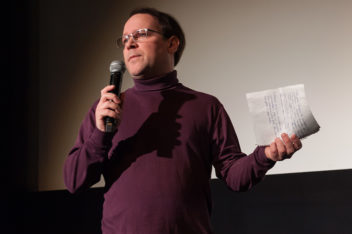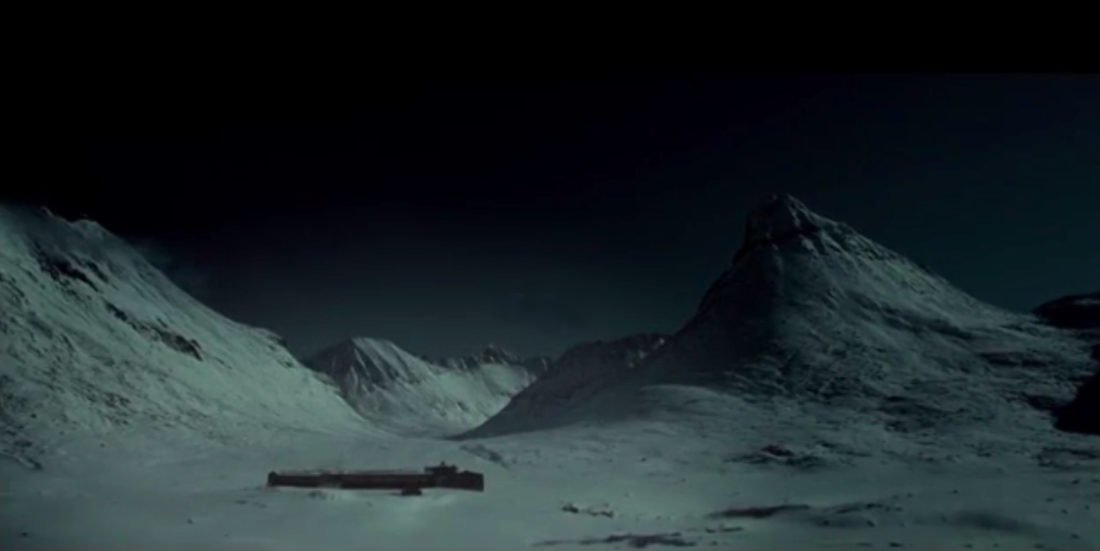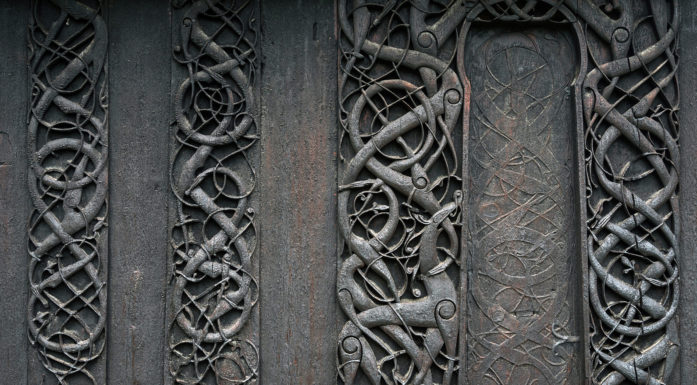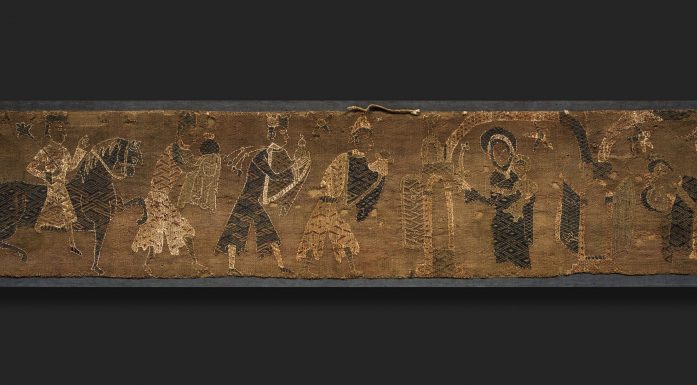Fear and dread in the Norwegian landscape
Norwegians generally have a good relationship with nature. But if you’ve seen any Norwegian horror movies, you might have a different impression. An important characteristic of these films is that the Norwegian landscape is fully developed as an element of the horror.
The classic Norwegian film Lake of the Dead from 1958 caused many a person from that generation to tremble if ever they found themselves near a woodland pond in the depths of twilight. Movie flashbacks of people who inexplicably disappeared in the pond’s dark depths would send shivers down many a spine.
After the success of Lake of the Dead, nearly 50 years would pass before Norwegian movie makers again would take up horror movies as a genre.
Then came Villmark in 2003, which marked a surge in new horror films in Norway. As in Lake of the Dead, it included the Norwegian landscape as an important element in creating a feeling of terror.
Christer Bakke Andresen at NTNU has written his doctoral thesis on Norwegian horror movies produced from 2003 to 2015. “In the recent Norwegian wave of horror films, almost all of the fear and dread happens in the forests and up in the mountains. Norwegian nature as source of terror is a distinct feature of the horror phenomenon in Norway,” he says.
- You might also like: Liða skaltú ok deyja! — May you suffer and die!
The mountains will never feel the same
The Norwegian landscape and outdoor activities are usually associated with positive experiences in Norwegian culture, but nature takes on an entirely different role in this latest round of horror flicks. The movies have used both water and snow to scare moviegoers.
“Water runs through Norwegian horror films, and there is always something freaky and dead that comes gushing out of it. Water in the form of snow is also used a lot as a nailbiter,” says Andresen.
He cites several examples, including Villmark, where a dead woman is found trapped in a fishing net in a pond, and Villmark 2, where water mimics the flow of blood vessels through an old asylum that plays a central role.
“And in Cold Prey there’s the ‘mountain man’ who appears like evil incarnate right out of the mountains, where he silently walks around killing people,” says Andresen.
- You might also like: Culture on two wheels
New film policy

Christer Bakke Andresen during the Ramaskrik 2016 film festival in Oppdal. Photo: Arvid Storli/Ramaskrik
The wave of horror films in Norway that has attracted Norwegian cinema audiences since 2003 can be attributed to several factors. These dynamics laid the groundwork so that Villmark could be produced and become a box office hit with 155,117 viewers.
“A tremendous change took place with Villmark, and horror films were produced in quick succession afterwards,” says Andresen.
One of the reasons for the shift was a change in film policy and the 2001 Film Reform Act. The Ministry of Culture decided to provide support for more audience-friendly films, and the Stoltenberg government established a goal that 25 per cent of Norwegian film viewership in cinemas should be of Norwegian-produced films.
“Financing became market-oriented to promote more popular films, and this resulted in the growth of genre films, especially thrillers and romantic comedies,” says Andresen.
Less film censorship
At the same time as this financing change, censorship rules were also liberalized when the Commission on Freedom of Expression in the Bondevik government relaxed film censorship regulations.
“This means that films are allowed to show more graphic depictions of sex and violence, which also paved the way for the surge of new films. In the 2000s we start seeing thrillers that previously would have been stopped or cut,” Andresen says.
A third element that Andresen discusses in his thesis is that both filmmakers and audiences are becoming more aware of and more skilled in working with different film genres.
“Films have become more accessible in recent decades, first through VHS tapes, then DVDs and now the internet, with Netflix and other streaming services. The public is consuming more and more movies and we’ve built better and broader expertise in the genre,” he says.
Slasher films and psychological thrillers
And then there’s Villmark, which builds on the first three factors, and plays a pivotal role for subsequent films.
“The film is relatively low-budget, and its success with audiences proves that this is a genre people will watch and that it pays to make films like this,” Andresen says.
New films came out in quick succession:
- Villmark (2003)
- Next Door (2005)
- Cold Prey (2006)
- Manhunt (2008)
- Cold Prey 2 (2008)
- Dead Snow (2009)
- Hidden (2009)
- Detour (20009)
- Cold Prey 3 (2010)
- Trollhunter (2010)
- Dark Souls (2011)
- The Monitor (2011)
- Thale (2012)
- Ragnarok (2013)
- Dead Snow 2 (2014)
- Utburd (2014)
- Villmark 2 (2015)
Although a few more films have been produced, these 17 have been wided release from 2003 to 2015, and were the focus of Andresen’s dissertation.
He has divided the movies into two main sub-genres: psychological thrillers like Next Door and The Monitor and slasher films like Cold Prey and Villmark. Then there are those he describes as mixed-genre movies. They include films like Trollhunter and Thale, which draw elements from the horror genre but aren’t pure thrillers.
In all three categories, nature plays an important role as an ingredient of fear and dread for creating real terror.
But, Andresen wonders, “if the first horror film that broke through had been an urban ghost thriller from Oslogryta (the lowland area that encompasses Oslo), would Norwegian nature have ended up at the centre of this wave of thrillers?”
Andresen defended his dissertation on 3 November 2016 at NTNU’s Department of Art and Media Studies. His dissertation is titled Åpen kropp og lukket sinn. Den norske grøsserfilmen fra 2003 til 2015 [“Open body and closed minds. Norwegian horror films from 2003 to 2015”].





